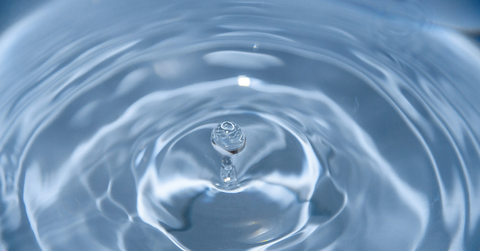Water Softener Maintenance: Expert Tips for Peak Performance

Nov. 18 2025, Published 1:53 a.m. ET
Today, a water softener is a beneficial system in a house. It can keep your plumbing safe and improve appliance functionality. Additionally, it ensures that the water flow is gentle on your clothes and skin. However, as is expected of any mechanical system, even a water softener requires basic maintenance to continue functioning optimally. When you maintain the system well, it doesn’t just add more years to the softener but also makes it deliver good-quality water for several years.
· Understand the fundamentals of water softener maintenance
The water softeners function by utilizing resin beads that trap hard minerals, such as magnesium and calcium, through a process known as ion exchange. Over time, all these beads can become saturated and should be cleaned using a process known as regeneration. The system utilizes salt from the brine tank for flushing out the gathered minerals.
When it comes to optimal performance, homeowners should routinely assess the salt levels, scan the buildup, and clear the components that make the system run correctly. When these steps are overlooked, hard water enters the plumbing and disturbs the advantages of softening. For professional help and expert guidance on this matter, you can rely on service providers like HQ Water Solutions.
· Assess and refill the salt regularly
Salt is the life force of all ion exchange systems. The brine tank must contain ample salt to assist the regeneration cycle. Typically, you should assess it monthly and make sure that the salt level is half full. It is also essential to understand that excess salt is not always advisable. If there is overfilling, it can result in ‘bridging’. It is a process where the salt develops into a hard crust that disturbs correct dissolution. In case you notice that the system is not softening the water correctly, use a broom handle to break the salt bridges. Additionally, you should use high-end salt pellets for averting clumping.
· Clean up the brink tank in regular intervals
A clean brine tank is necessary for correct regeneration. As time passes, impurities and sludge gather, thereby minimizing efficiency. Hence, every six months to a year, ensure that you empty the tank and rinse it using water and a mild detergent. You can also scrub leftover residue and rinse before refilling it with water and fresh salt. Therefore, regular cleaning stops salt mushing and bacterial growth. Both can block the brine flow and harm the softener’s performance.
· Keep an annual professional inspection
In addition to diligent home care, it is a wise decision to have a professional inspection conducted annually. Working with certified water treatment technicians can help identify hidden problems and evaluate unknown issues, assess water hardness, and optimize system
settings. Hence, professional assistance ensures that the water softener continues to function correctly, preventing expensive repairs and maintaining the water quality in your home.

Conclusion
Homeowners need to understand that water softeners are permanent investments in their house’s efficiency and comfort. By maintaining optimal salt levels, performing daily inspections, and regularly clearing the brine tank, the system can function correctly for many years. Good upkeep is not only about maintaining the equipment, but also about ensuring that you continue to enjoy the benefits of high-quality, clean water every day.


